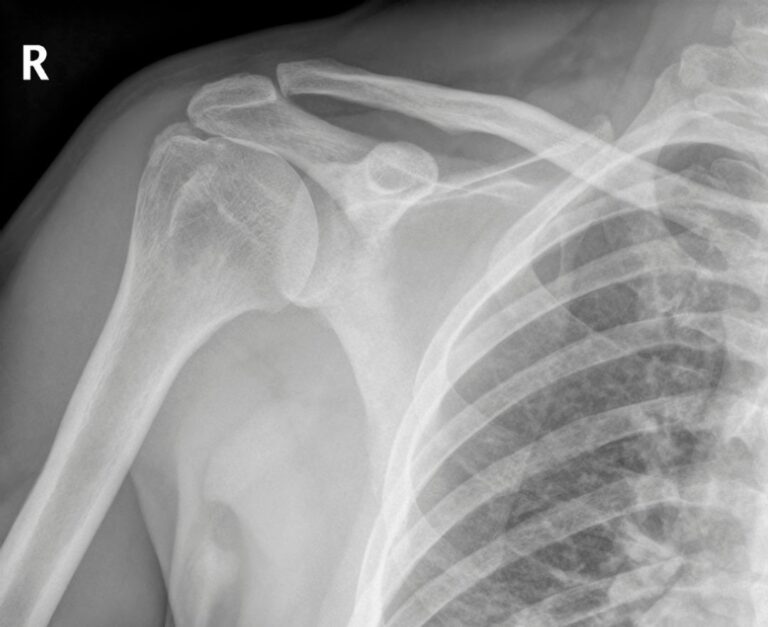Blog
Increase Shoulder Stability Through Exercise

Are you struggling with shoulder instability? Maybe you’ve previously injured a muscle or tendon, or dislocated your shoulder and problems are persisting? Are simple tasks such as reaching overhead, lifting objects, or even getting dressed or brushing your hair challenging and painful? Well, there is hope. The osteopaths at Completely Aligned are here to help you regain strength and stability. In the meantime, let’s learn more about the shoulder and some of the common problems and solutions.
Anatomy of Shoulder Stability
Many muscles work together to support and stabilise the shoulder joint. (Which isn’t surprising when you think about the extensive range of motion it must achieve, rotating and reaching in multiple directions. Let’s take a look in a little more detail:
- Rotator Cuff Muscles: Comprising the supraspinatus, infraspinatus, teres minor, and subscapularis, the rotator cuff muscles play a vital role in stabilising the shoulder during movement. Situated around the joint, they form a cuff-like structure, anchoring the humeral head securely within the shallow socket of the shoulder blade.
- Deltoid Muscle: The deltoid muscle covers the shoulder joint and assists in various arm movements, including abduction (lifting the arm away from the body) and flexion (raising the arm forward).
- Trapezius Muscle: The trapezius muscle provides stability to the shoulder girdle and helps control shoulder blade movements during arm movements.
- Rhomboid Muscles: The rhomboid muscles support the scapula (shoulder blade) and contribute to shoulder stability by retracting and stabilising the shoulder blades.
Exercises to Increase Shoulder Stability
1. Rotator Cuff Strengthening Exercises:
External Rotation: Hold a resistance band or light dumbbell with your elbow bent at a 90-degree angle, then rotate your forearm outward away from your body while keeping your your elbow close to your side.
Internal Rotation: Pull the band across your body, rotating your forearm inward towards your abdomen while keeping your elbow close to your side. (Still with your elbow bent at that 90-degree angle.
2. Scapular Stabilisation Exercises:
Scapular Retraction: Focus on pulling the shoulder blades together while keeping the shoulders relaxed and down.
Scapular Depression: Focus on pulling the shoulder blades down.
You can perform these exercises while sitting or standing with good posture. You can also be mindful of these posture principles while performing other exercises like pull-ups or planks.
3. Deltoid Strengthening Exercises:
Shoulder Press: Start by holding dumbbells at shoulder height with arms bent, then push the weights upward until your arms are fully extended overhead and lower them back down to shoulder level with control.
Lateral Raises: Stand with dumbbells in hand, by your side, palms facing inward, then raise your arms to the sides until they’re parallel to the floor, maintaining a slight bend in the elbows, before slowly lowering them back down.
How We Can Help: Personalised Treatment for Shoulder Stability
It’s hard to know which muscles need to be strengthened. And sometimes the pain is too debilitating to even get started. That’s where we come in. The experienced osteopaths here at Completely Aligned offer individualised treatment plans to address instability and enhance stability. Through hands-on techniques, such as soft tissue massage and joint mobilisation, we seek to improve muscle function, alleviate tension, and restore proper alignment in the shoulder joint. And we’ll provide a tailored exercise prescription so you can get those muscles working in harmony once more.
Contact the clinic today to book your appointment and take the weight of the world off your shoulders (and put a little shimmy in its place instead!).
References
Physiopedia [ND] Rotator Cuff. [Online] Available at https://www.physio-pedia.com/Rotator_Cuff?utm_source=physiopedia&utm_medium=search&utm_campaign=ongoing_internal. Accessed on 19/02/2024.
Physiopedia [ND] Glenohumeral Joint. [Online] Available at https://www.physio-pedia.com/Glenohumeral_Joint. Accessed on 19/02/2024.
We're ready when you are
Don't let pain hold you back from doing the things you love
At Completely Aligned, our door is always open for you to get back to doing the things you love in life. Our team are available now to chat with you and work out how we can best support you.



